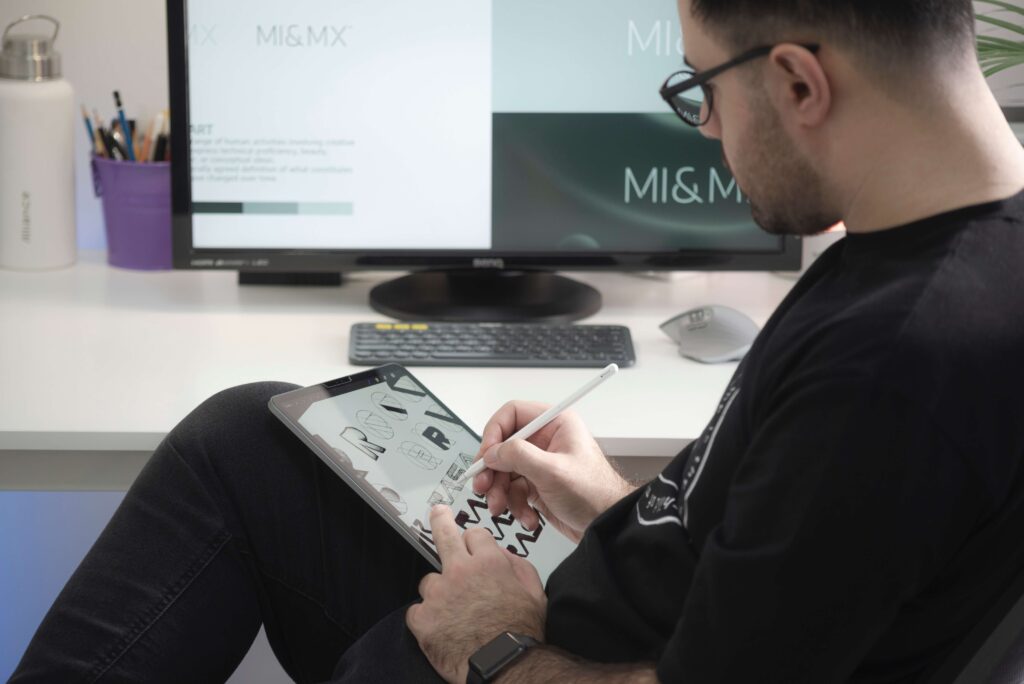In today’s modern workplace, employee monitoring software has become increasingly prevalent, raising concerns about privacy and productivity among workers. As employees strive to meet the demands of strict employers and time trackers, they often face stress and challenges in maintaining a productive work environment. Whether it’s freelancers feeling the pressure of tracking every minute or hourly employees seeking fair compensation, finding strategies to navigate and trick employee monitoring software has become essential. In this article, we will explore various techniques to maximize productivity while working under monitoring software, with a focus on maintaining a healthy work-life balance and respecting privacy.
Understanding Employee Monitoring Software
Employee monitoring software is designed to track and record various activities performed by employees on their computers, such as web browsing, application usage, and keyboard and mouse movements. While these tools can provide insights into work patterns and help improve productivity, they also raise concerns about privacy invasion and the potential for excessive monitoring. Employers often use such software to ensure compliance, measure productivity, and manage remote teams effectively. However, employees must find ways to navigate this software without compromising their work ethics or violating company policies.

The Importance of Balancing Privacy and Productivity
Maintaining a balance between privacy and productivity is crucial for employees’ well-being and job satisfaction. When privacy is compromised due to extensive monitoring, it can lead to increased stress, reduced job satisfaction, and even burnout. Employees need space to focus, think creatively, and manage their work effectively. Excessive monitoring can erode trust and create a sense of constant scrutiny, negatively impacting employee morale and overall productivity.
To address this challenge, employees should actively establish boundaries to protect their privacy and well-being. Clear communication with employers about the expectations and limitations of monitoring can help strike a balance between maintaining productivity and preserving individual privacy. It is essential to find strategies that allow employees to work efficiently while respecting their need for breaks, moments of reflection, and uninterrupted thinking time.
Strategies to Optimize Productivity
To maximize productivity while working under employee monitoring software, employees can adopt various strategies and techniques. Planning and effective time management are key to optimizing work hours. By setting clear goals, prioritizing tasks, and breaking them down into manageable chunks, employees can stay focused and accomplish more in a limited timeframe. Utilizing task management tools, such as to-do lists or project management software, can provide structure and aid in organizing tasks efficiently.
Minimizing distractions is another crucial aspect of optimizing productivity. Employees should create a dedicated work environment that is free from potential disruptions. This can include finding a quiet space, using noise-cancelling headphones, or implementing website blockers to limit access to non-work-related sites during designated working hours. By establishing a conducive work environment, employees can enhance concentration and reduce the risk of distractions derailing their productivity.
Navigating Employee Monitoring Software Effectively
While it is essential to work ethically and adhere to company policies, employees can employ certain techniques to navigate and trick employee monitoring software effectively. Simulating activity is one such approach that can create the appearance of continuous work. For example, random mouse movements, varying in speed, can give the impression of an engaged employee. Additionally, simulating keyboard activity by periodically pressing non-conflicting keys can mimic the presence of active work.
Switching between active applications and browser tabs can also create the illusion of multitasking and diversify the displayed content on the screen. This can be done by using keyboard shortcuts, such as Alt + Tab, to switch between open applications or by navigating between different browser tabs. By doing so, employees can present a dynamic screen display, tricking the time trackers into registering continuous work.
It is important to note that while these strategies can help employees navigate monitoring software, there may be ethical and legal considerations to keep
in mind. Employees should exercise caution and ensure they do not engage in activities that violate company policies, compromise data security, or breach any contractual agreements.
Legal and Ethical Considerations
When exploring strategies to navigate employee monitoring software, it is crucial to understand the legal implications and adhere to applicable regulations. Engaging in unethical behavior or violating company policies can lead to disciplinary action or even termination. Employees should familiarize themselves with the specific monitoring policies within their organization and consult with the legal or human resources departments if they have any uncertainties.
It is important to strike a balance between finding ways to optimize productivity and respecting the boundaries established by the employer. While tricking monitoring software may seem like a plausible solution, it is crucial to do so within the bounds of legality and ethics. Ultimately, the aim should be to create a healthy work environment where productivity and privacy coexist harmoniously.
Most Commonly Asked Questions
How can I maintain productivity under employee monitoring software?
Minimize distractions by creating a dedicated work environment, utilizing noise-cancelling headphones, and implementing website blockers.
Utilize task management tools, such as to-do lists or project management software, to stay organized and track progress.
Are there any strategies to trick employee monitoring systems without violating policies?
It’s essential to exercise caution and ensure that these strategies are used within legal and ethical boundaries.
What are the potential risks of bypassing employee monitoring software?
Breaching data security or contractual agreements can have severe consequences, including legal ramifications.
It is crucial to navigate monitoring software in a responsible and compliant manner.
How can I balance privacy and productivity in a monitored work environment?
Take breaks and moments of reflection when needed to recharge and avoid burnout.
Respect your privacy rights and establish boundaries that protect your well-being without compromising productivity.
What legal and ethical considerations should I keep in mind when using software to trick monitoring systems?
Consult with legal or human resources departments if you have any uncertainties or questions regarding the legality of specific strategies.
Ensure that your actions align with ethical standards and do not violate data security or breach contractual agreements.
Conclusion
Navigating employee monitoring software requires employees to find a balance between maintaining productivity and preserving their privacy. By understanding the functionality of monitoring software and the challenges it poses, employees can adopt strategies to optimize their work while respecting ethical boundaries. Maximizing productivity involves effective planning, minimizing distractions, and employing techniques like simulating activity and switching between applications or browser tabs. However, it is vital to consider the legal and ethical implications and to adhere to company policies. By striking a balance between productivity and privacy, employees can create a more positive and fulfilling work experience.




